Cattle domestication started in Turkey about 8,000-10,000 years ago. These farm animals are known for their very nutritious milk and delicious meat.
No wonder cattle farming is very common worldwide, especially in the United States. Nevertheless, India has the most number of cows. But as we all know, most cows don’t die of old age.
Domesticated cows can live for about 20 years, but they don’t live that long. Since cows are commonly bred for beef and milk production, most of them are short-lived. Beef cows are usually butchered once they are 2 years old. Once dairy cows are 4-6 years old, they are already sent to slaughter.
As of January 2022, the United States has 30.1 million beef cows and 9.38 million milk cows. And although the numbers have been decreasing gradually over the years, the cattle industry is still very popular.
If you want to raise cattle either for milk or beef, this article will teach you about the lifespan of cows, their lives on farms, and the prices of cows.
How Long Do Dairy Cows Live?

Dairy cows have a natural lifespan of approximately 20 years. However, their productive lifespan is only between 2.5 and 4 years. This is the time when dairy cows usually produce 80-90% of their milk.
After four years, dairy cows start to reduce their milk production and may stop once they are 6 years old. They will then be set for slaughter.
How Long Do Highland Cows Live?
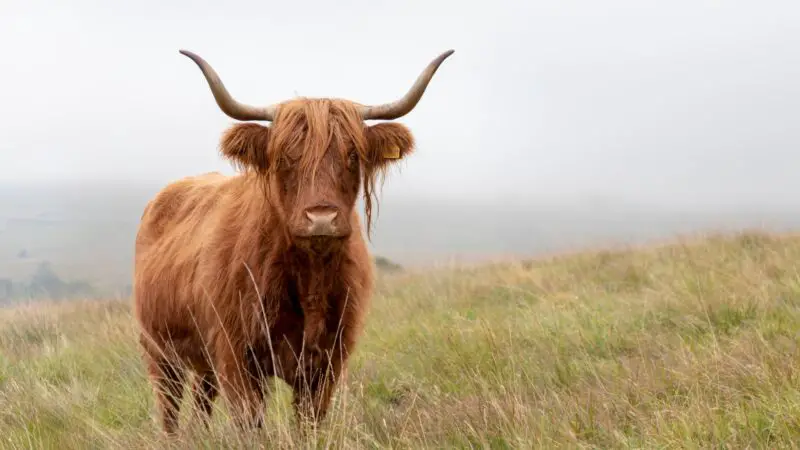
Highland cows or cattle are a large breed of cows that originated in the Highlands, a historical region in Scotland. But because of their huge body size,
Highland cattle are primarily bred for beef production instead of milk. Their natural average lifespan is about 20 years. However, they are usually slaughtered between 14 and 36 months of age.
How Long Do Miniature Cows Live?
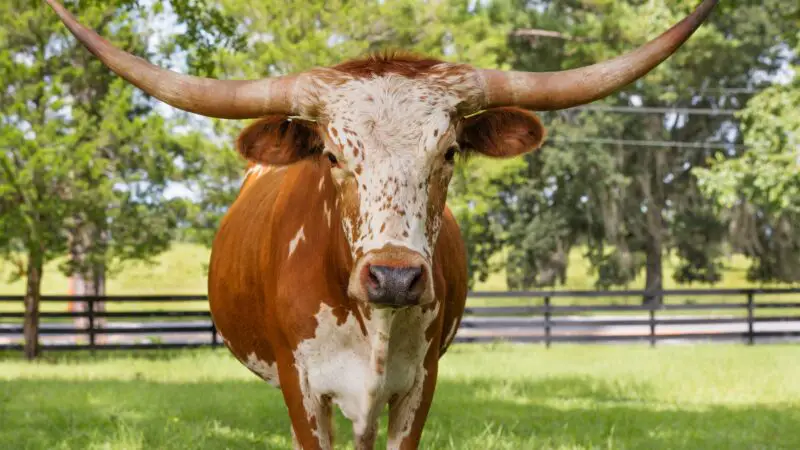
Miniature cattle or cows are smaller cow breeds that are about half the size of regular-sized cows. These small cows are not products of defective cows or dwarfism.
In fact, they are very healthy animals, and their sizes are naturally small. Therefore, they also have the same lifespan as regular cows and can also live between 15 and 20 years.
How Long Do Jersey Cows Live?
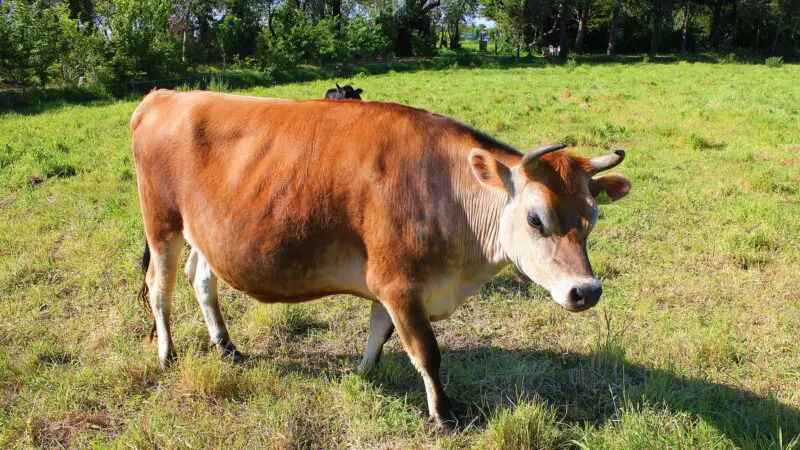
Jersey cows can live for 18-22 years. Nevertheless, some of them can live a bit longer if well taken care of.
In fact, Dolly the Cow is said to be the oldest cow in the world and was 37 years old when she died. When Dolly was younger, she was set for slaughter, but Mike Taylor, owner of Mistley Place Park Animal Rescue in the UK, bought him.
How Long Do Milk Cows Live?
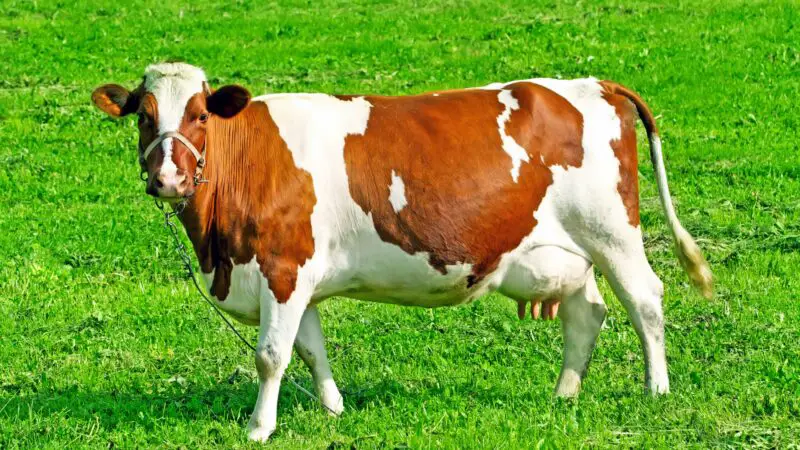
Milk cows are cows that are bred for milk production. Hence, they are also called dairy cows. Like humans and other mammals, milk cows only produce milk once they have given birth.
They can produce milk until they are about 4 years old and are usually slaughtered when they are 6 years old. Yet, their natural average lifespan is 20 years.
How Long Do Beef Cows Live?
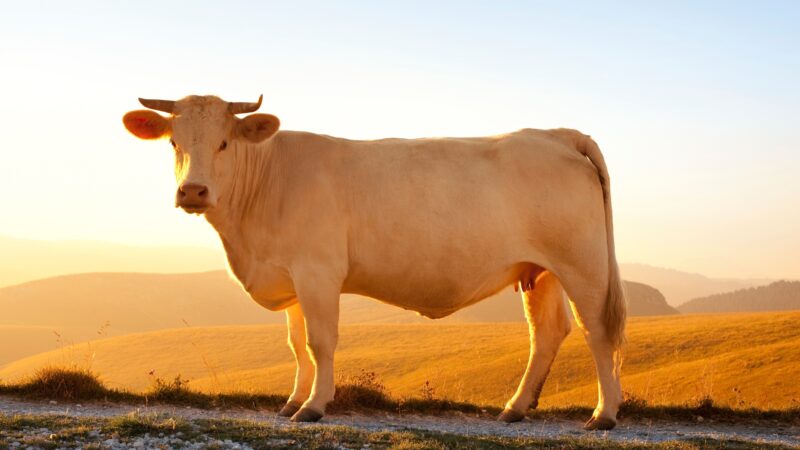
Beef cows or beef cattle have an average natural lifespan of 20 years, but their actual lifespan may only be two years. Typically, commercial beef cattle live between 6 months and 1 year.
They are sent to feedlots where they are raised until they reach the market weight. They are sent to slaughter once they are between 18 months and 2 years old.
How Long Do Bulls Live?
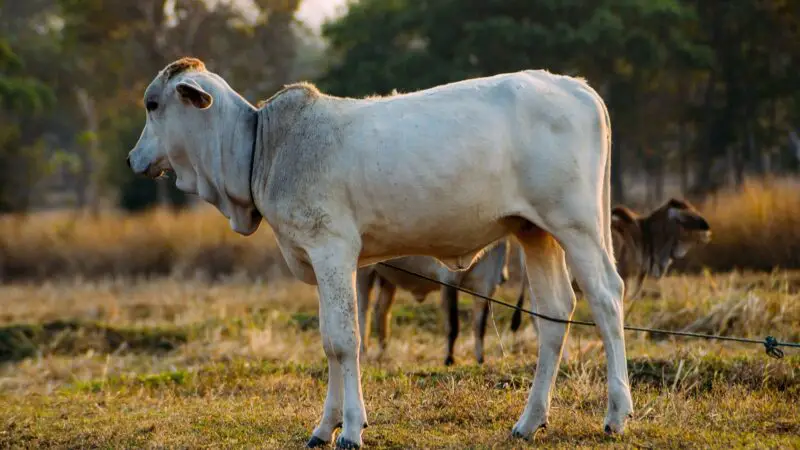
Bulls are male domestic cows that are uncastrated, while male cows that have been castrated are called steers. Bulls have a natural lifespan of about 20 years, just like cows.
Although bulls usually remain in service until they are 10-12 years old, most of them will remain active in the herd for only 4-5 years due to several health issues.
How Long Do Cows Live Before Slaughter?
It depends on the production status of the cow. Dairy cows or milk cows produce milk continuously until they are about 4 years old.
Milk production will then reduce gradually and usually stops until the cow is about 6 years of age. Some cows stop lactating at an earlier age, though. At this point, they are likely sent to slaughter to be sold as meat.
Where Do Cows Live on a Farm?
Domesticated cows should live in a comfortable area where there is enough food and water. Cows are confined to large, fenced pastures and barns where they can rest and sleep.
Many farmers also invest good money in their cattle to meet the challenges of their environment. Here are the three common types of housing systems for cows:
1. Dry lot
With a dry lot system, cows are confined in separate areas or pens, especially during summer. They are usually in cow-calf pairs for beef production.
Cows are fed depending on the required nutritional diet, which includes grains, corn, and crop residues. This method can reduce production costs but requires lots of labor and equipment use.
2. Freestall barns
In a nutshell, freestall barns are structures with metal roofs and open sides where cows can move almost freely. This cow housing system is usually used in hot states or areas with heavy rainfall.
Here, barns are arranged in two to six rows or facing each other. They may also have a common manger, a drive-through feeding, or an outside feeding.
3. Tie-stall barns
Tie-stall barns are commonly used in dairy cows, and each cow has an individual stall. Each stall has enough space for the cow for various activities such as feeding, watering, milking, and resting.
Here, cows are tied to their necks but should be allowed to move freely and unharmed. However, this housing system limits the cows from socializing.
How Long Can a Cow Live Without Water?
A good rule of thumb is a cow weighing 100 lbs should drink around 1.5 gallons of clean water every day. Dairy cattle also need more water than beef cows.
During hotter days, cows dehydrate quickly, so they need to drink water at least every six hours. A cow can still live for a few weeks without food but will likely die within 2-3 days without water.
During winter, cows may still live for 48 hours without water. After the first 24 hours, they may still function, but their physiological status is no longer ideal.
After 48 hours, cows will start to dehydrate and will urine more to keep their bodies warm. The cold stress will cause them to lose weight. After a few more hours, they will eventually die.
How Long Can a Calf Live Inside a Dead Cow?
If a pregnant cow dies, the unborn calf will start to lose oxygen quickly. The survival rate of a calf inside the dead cow depends on its age. Like humans, cow pregnancy usually lasts for 9 months.
If a dead pregnant cow is due in 2-3 weeks, the calf inside may live for less than 5 minutes. In some cases, a cesarean can still be performed on dead cows.
How Much Is It To Buy a Live Cow?
The price of a live cow depends on its age, gender, breed, weight, and purpose. The cost of older cows depends more on their weight.
Cows in pairs or with calves are usually cheaper than a single cow. CWT stands for hundredweight, which is equal to 100 pounds. Below is the price list guide for live cows in the US as of November 2022:
- Slaughter cows – $50/CWT or $600/1,200 lbs (average weight)
- Steers – $145/CWT or $800/500 lbs. (average weight)
- Calves – $40 to $50 each
- Beef yearly – $650 to $750 each
- Dairy yearly – $450 to $600 each
- Beef heifers – around $2,500 to $3,000 each
- Beef cows – $140/CWT
- Bred heifers – around $1,300 each
- Dairy cows – $900 to $3,000 each
- Lactating dairy cows – around $1,500 and $2,100 each
- Matured cows – around $4,000 to $5,000 each
- Jersey cows – around $1,400 to $1,800 each
Note: A yearly is a cow that is about 1-2 years old, while a heifer is a young cow that has not yet given birth.
